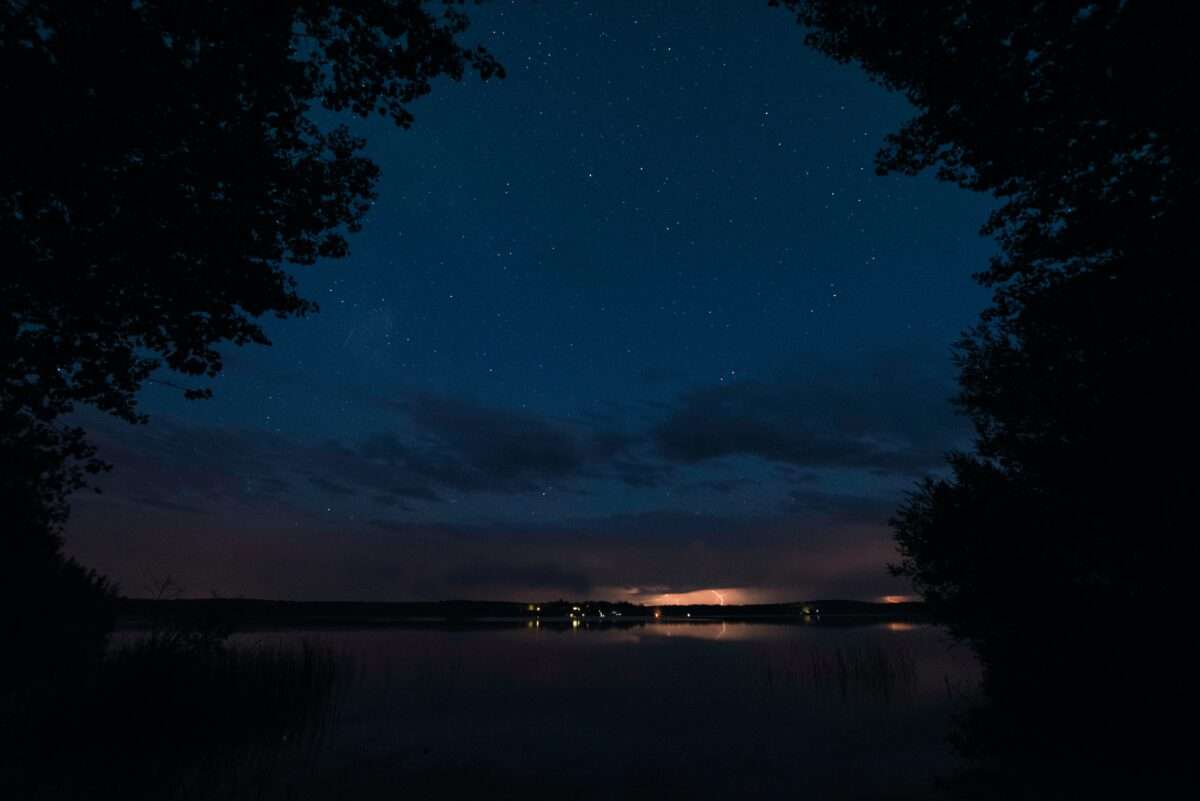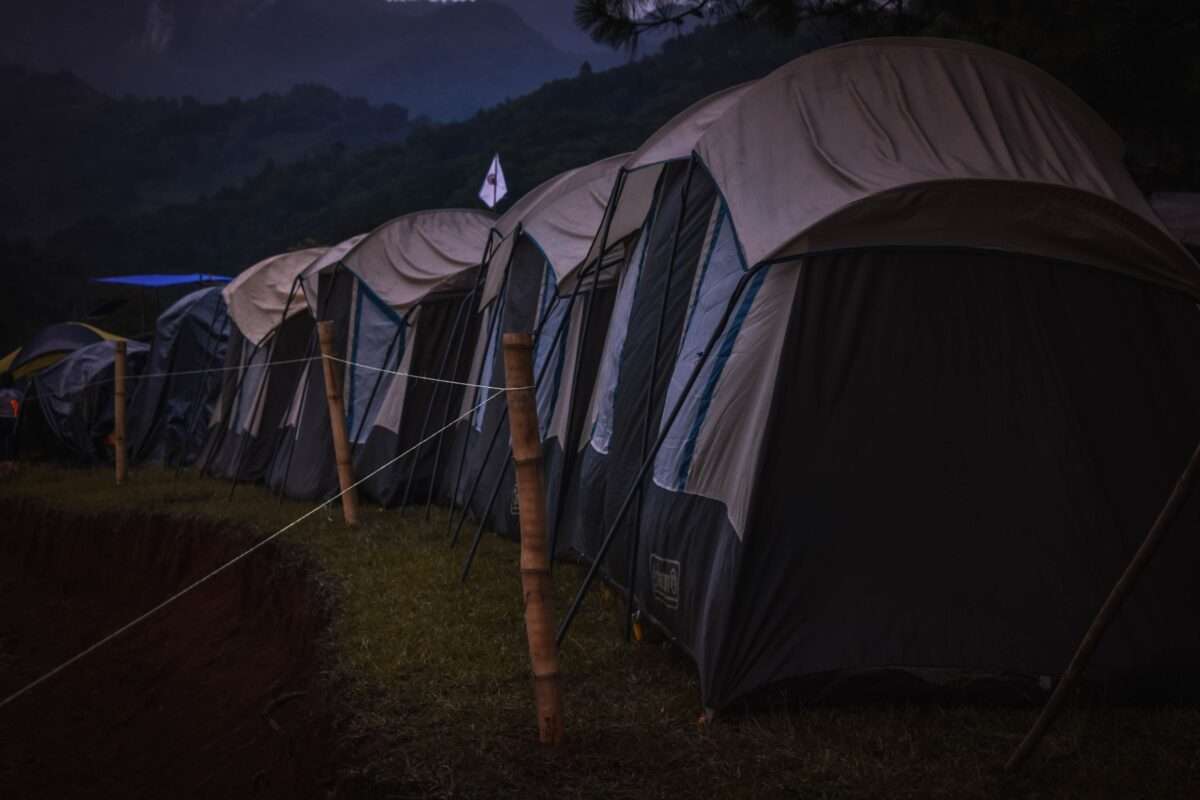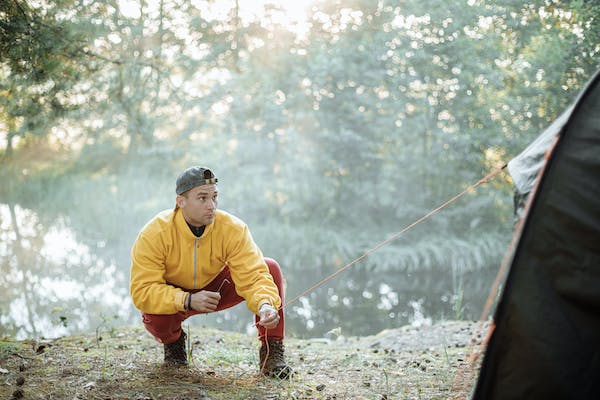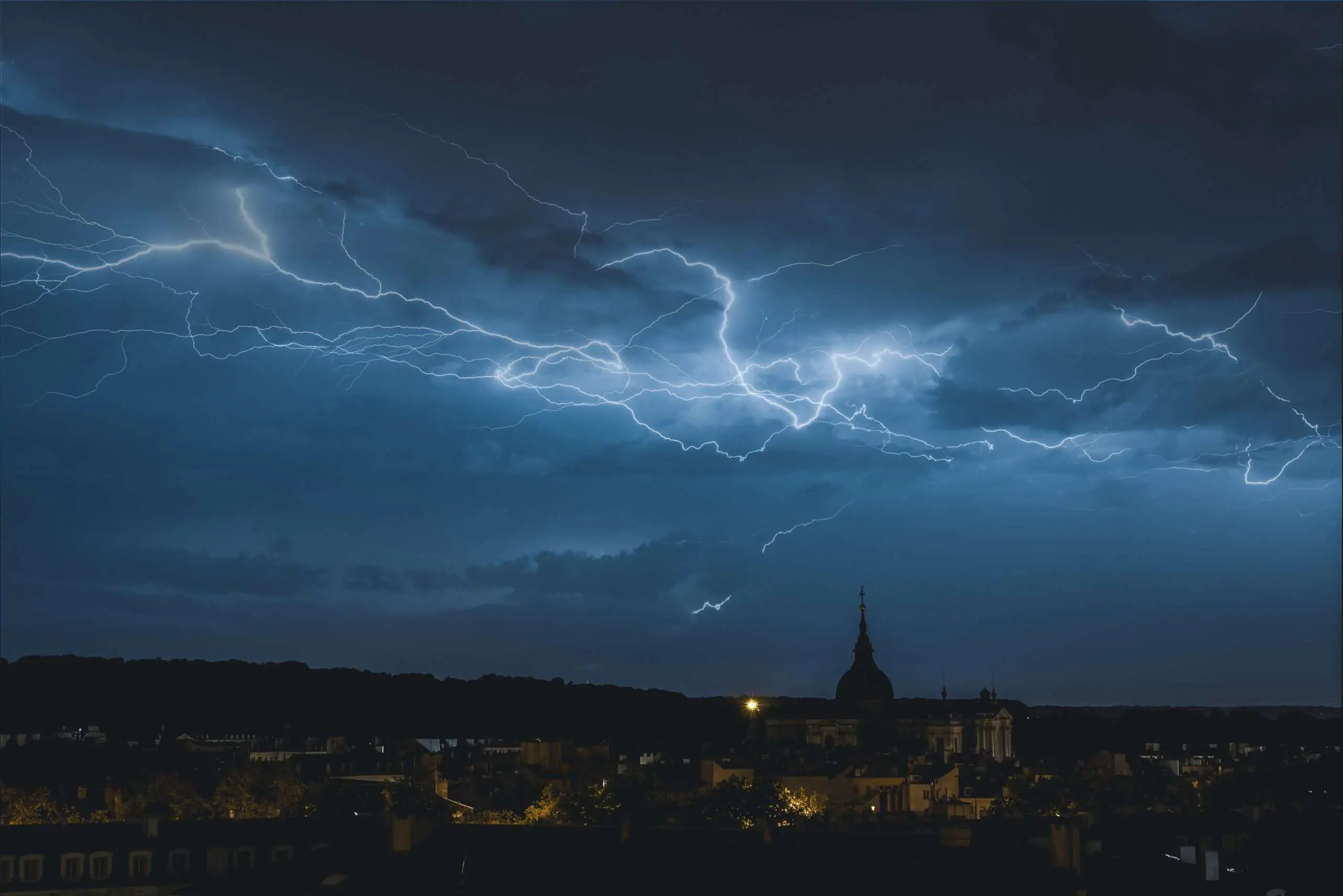A seclusive retreat in the wilderness or an adrenaline-driven adventure no matter the appeal, tent camping offers a unique door into the heart of nature. But when the weather throws a curveball in the shape of thunderstorms, this excursion takes on an entirely new dimension. This comprehensive guide will arm you with safety measures and tips for tent camping in thunderstorms, turning a potentially turbulent experience into a memorable outing.
Unraveling the Mystery of Thunderstorms
Diving headfirst into camping during thunderstorms starts with understanding the beast you’re about to confront. Thunderstorms, in essence, are temporary, localized weather events characterized by an array of conditions such as thunder, lightning, and gusty winds, and often accompanied by torrential rain or hail. Such tempestuous climatic conditions might pose risks to outdoor activities, particularly camping, transforming a serene setting into a tumultuous one in minutes.
Acknowledging the Potential Hazards
Being mindful of the potential dangers associated with tent camping in thunderstorms is paramount. A lightning strike in your camping vicinity can be lethal, considering the favorability of the towering tent attracting lightning in relatively flat terrains. Moreover, powerful winds could potentially uproot trees or send debris spiraling through the air, damaging your tent or causing personal injuries. Another abiding threat is the possibility of flash floods, especially for campsites near water bodies or on sloping ground, converting the tranquil environment into a perilous scene at the flick of a switch.

Preemptive Measures: The Key to Successful Storm Camping
Preparation is your best friend and savior when it comes to tackling thunderstorms during your camping trip. Make it a routine to check weather forecasts before your trip and familiarize yourself with the tell-tale signs of an impending thunderstorm. It’s imperative to pack wisely—bring along a waterproof tent to safeguard against heavy rain, don warm clothing to combat the dropping temperature, and stock up on reliable lighting options and vital emergency supplies.
The Art of Choosing the Perfect Campsite
The safety factor during a thunderstorm can swing heavily based on your campsite selection. Prioritize an elevated site that is less susceptible to flooding. Avoid camping near lone trees or towering structures, which may become inadvertent lightning attractors. Seek a spot surrounded by similar-height trees, providing a degree of protection against wind and lightning.
Safeguarding Your Trip: Storm Navigation Techniques
A thunderstorm can be less daunting if you know the right actions to take during its course. To prevent water from rampaging through your cozy retreat, ensure your tent’s positioning is on point. Until the brunt of the storm passes, avoid frolicking in the open. Listen for the familiar rumble in the sky—upon hearing thunder, implement the 30-30 rule: after noticing a lightning flash, count the time till you hear the thunder. If it’s less than 30 seconds, retreat into safety. Resume your activities only after 30 minutes pass since the last strobe of thunder.

Post-Storm Tidings: Recovery Measures
Once the storm passes, it’s crucial to revamp your campsite post-hurricane. Inspect the area for unexpected damages and ensure your camping gear is thoroughly dry before packing up. Now might also be the time to deliberate if it’s safe to proceed with the camping session or throw in the towel and return home.
Frequently Asked Questions About Tent Camping in Thunderstorms
Are You Safe in a Tent in a Thunderstorm?
Taking shelter in a tent during a thunderstorm isn’t completely safe as most tents are not designed to protect from lightning strikes or heavy winds. However, taking certain precautions can improve safety, such as camping away from tall isolated objects that may attract lightning and looking for campsites that are less prone to flooding.
Are Camping Tents Lightning Proof?
Camping tents are not typically lightning-proof. They are made of materials such as nylon or polyester, which do not provide protection against lightning strikes. It’s important to follow safety guidelines such as avoiding setting up your tent under the tallest trees or near other tall structures that may attract lightning.
How Do You Protect a Tent in a Storm?
Protecting a tent in a storm requires some proactive measures. Choose a suitable location for your tent, ideally on high ground and not under any trees that might be affected by the storm. Ensure your tent is well-anchored to prevent it from being blown away or damaged by strong winds. A rainfly or tarp can provide an additional layer of protection against rain, and make sure that all of the tent’s windows and vents are closed securely.

Can You Be in a Tent While It’s Raining?
You can absolutely be in a tent while it’s raining. Tents made with waterproof material or treated with waterproofing products can effectively shield from rainfall. It’s the other elements of a storm (like wind, lightning or potential flooding) that might threaten safety, so always adhere to campsite selection and storm safety tips even when rain appears to be the only concern.
While thunderstorms can seem daunting, with adequate knowledge, preparation, and vigilance, the tent camping experience can still be enjoyable. Embrace the challenges that nature throws your way and become a part of the fantastic community of fearless campers who relish the thrill of camping in a thunderstorm.

Leave a Reply
You must be logged in to post a comment.